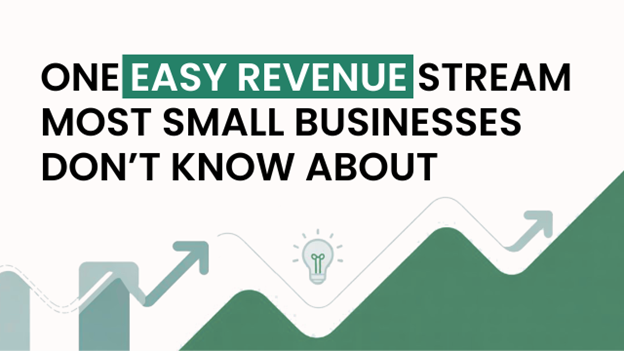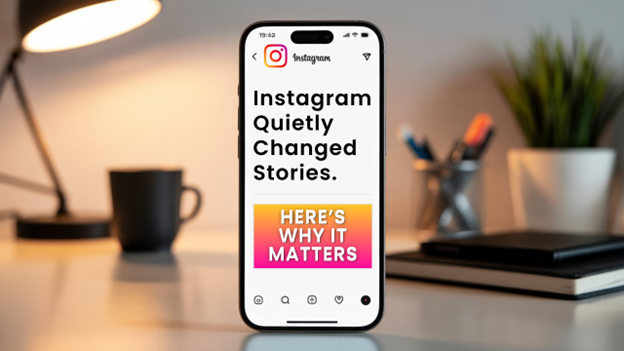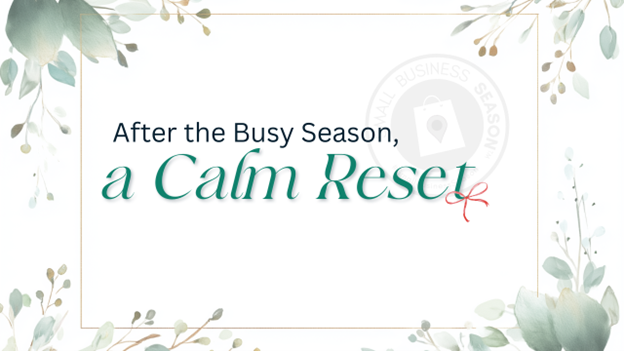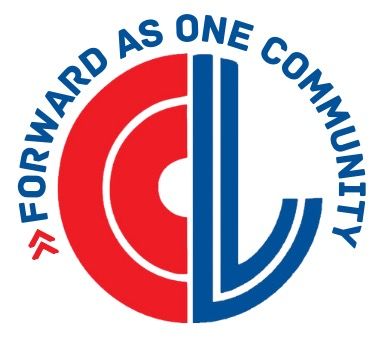Is Teaching the New Gold for Small Businesses?
Have you noticed these days that everyone seems to have a course or at least a YouTube video on how they do what they do? Teaching has become a secondary (and sometimes primary) revenue stream for the small business professional. Marketers, eBay sellers, and even real estate agents are turning how-to instruction into a new business.
Sure, it can enhance your brand, generate additional revenue, and establish you as an authority in your field. But it’s not always the answer for every business.
Before jumping into becoming an online guru in your industry, it's important to weigh the benefits and challenges to instructional content creation. Here’s a guide to help you decide whether going that route is the right step for your business.
Benefits of Creating Educational Materials
Here are the reasons why so many people are creating educational content.
Monetization
Courses and other educational components can provide a new revenue stream. By packaging your expertise into a structured format, you can charge for access, offering a scalable product that doesn't require ongoing time investment once it's created. This is an appealing way to bring in money without clocking time in the seat.
Brand Authority and Exclusivity
Offering a course can position you as an expert in your industry (if you know how to market it). This can enhance your credibility and attract more customers who trust your knowledge and skills. In fact, many people see one-on-one coaching time with an internet teacher as very appealing. There’s a VIP, velvet rope exclusivity built when you’re showing people how to do something and then offering a few hand-selected followers the opportunity to work with you.
Customer Engagement
Educational resources can deepen your relationship with existing customers by providing them with additional value. Engaged customers are more likely to become repeat buyers and brand advocates. Plus, if your customers see you teaching others as an expert in your industry, they will feel like they are working with the best. Again, creating exclusive opportunities.
Lead Generation
Free or low-cost courses, eBooks, and checklists make ideal lead magnets, attracting potential customers who are interested in your expertise. With them, you can expand your audience and increase your customer base.
But creating educational components isn’t something everyone is suited to doing.
Challenges of Creating Educational Revenue
Time and Resources
The obvious one of course…developing educational materials of any kind requires a significant upfront investment of time and resources. You'll need to plan the curriculum, create content, and possibly invest in platforms or tools for hosting the course, webinar, eBook, etc.
Marketing Efforts
Simply creating a course isn't enough; you need to market it effectively. This requires a strategy to reach your target audience and convince them of the course's value.
Content Updates
Industries change, as does information. You'll need to keep your course content up to date to ensure it remains relevant and valuable to learners.
Rankings
This con doesn’t apply to every industry but if you sell on eBay or somewhere that uses an algorithm, you need to be aware of what you’re opening yourself up to. An eBay seller friend of mine recently branched out into creating video content on YouTube to show others how he was able to create a business that brings in over $80,000 a year selling clothes he purchases from thrift stores.
He quickly built a following (who doesn’t want to shop and sell things at a profit?), monetized his YouTube Channel (bringing in another $2,000 a month in revenue), and thought life was amazing. Until he realized that by offering training videos, people were visiting his eBay shop to see which brands he specialized in. When they visited without purchasing, it negatively impacted his standing and suddenly he wasn’t being featured as high in product searches. This hurt his sales so badly that he ended up having to shut that store down and start a new one that he did not tell his students about.
The moral is if you’re going to market yourself as a guru or coach, you may end up phasing out your day job. People will look to you for coaching and advice, your days of “doing” may be over.
Considerations Before Creating an Educational Component to Your Business
· Assess Your Expertise. Ensure you have enough expertise and unique insights to offer a course that stands out in the market. Consider whether your knowledge can fill a gap or meet a specific demand.
· Understand Your Audience. Identify your target audience and their needs. Know what topics they are interested in and what format they prefer.
· Evaluate Your Goals. Clarify what you hope to achieve with this new business offering. Whether it's revenue generation, brand building, or lead generation, having clear goals will guide your development and marketing strategy. How will you incorporate it into your existing business?
· Choose the Right Platform. Research different platforms for hosting your course or videos. Decide on the media you’ll use. Consider factors such as ease of use, cost, and features like eBooks, webinars, videos, quizzes, certificates, and community forums.
If you’re thinking about creating an educational component to your business let the chamber know. Your local chamber may have a need for an industry expert or even someone is willing to share their success story with others.
Creating an educational component to your business can be a valuable addition to your marketing strategy. If done thoughtfully, it offers opportunities for revenue, brand building, and customer engagement. However, it's important to carefully consider the time, resources, and marketing efforts required. By evaluating your expertise, understanding your audience, and setting clear goals, you can make an informed decision about whether to move from doer to teacher.
------
Christina Metcalf is a writer/ghostwriter who believes in the power of story. She works with small businesses, chambers of commerce, and business professionals who want to make an impression and grow a loyal customer/member base. She loves road trips, hates exclamation points, and is currently reading three books at once.
_______________________________________
Medium: @christinametcalf
Facebook: @tellyourstorygetemtalking
Instagram: @christinametcalfauthor
LinkedIn: @christinagsmith
X: @glindaprinciple




